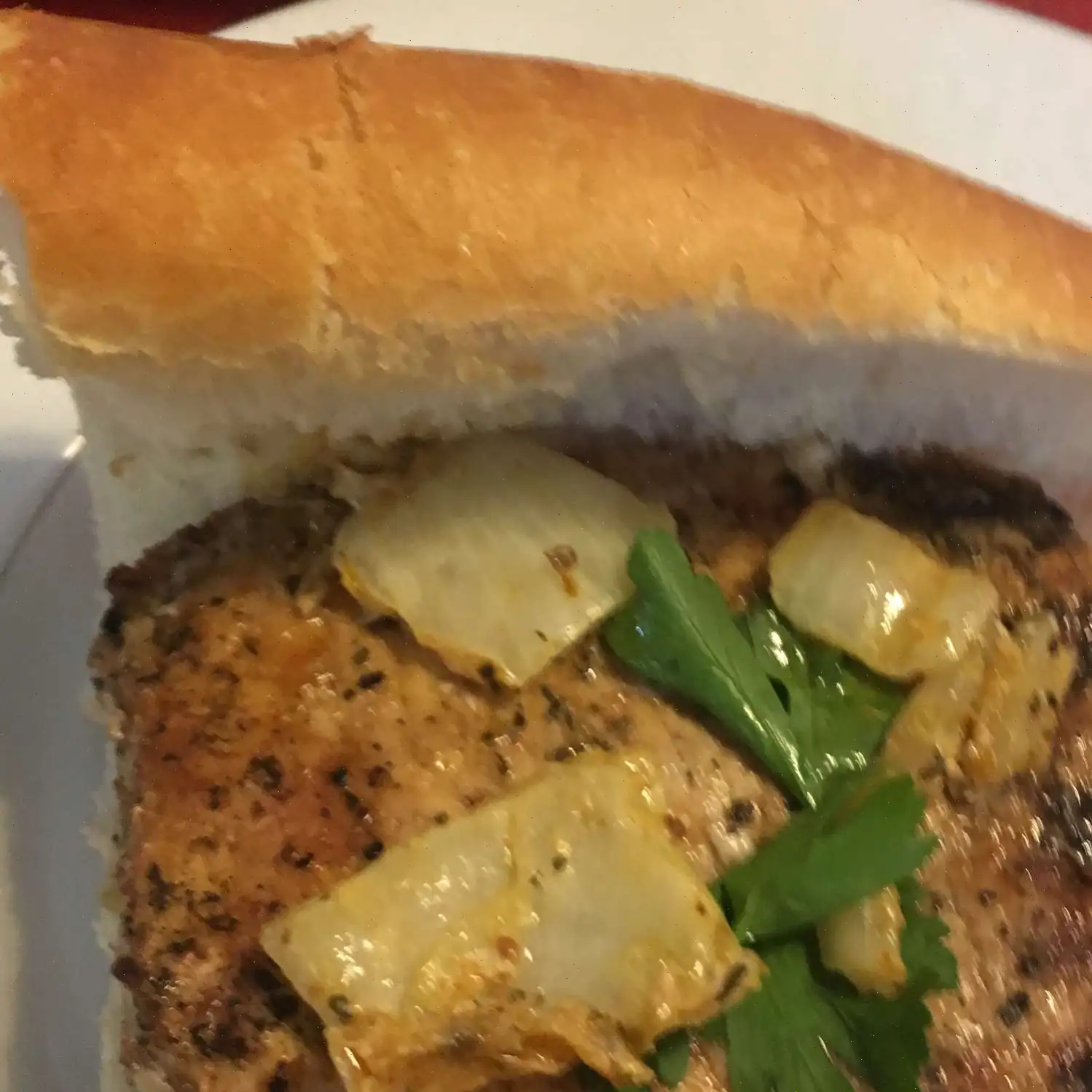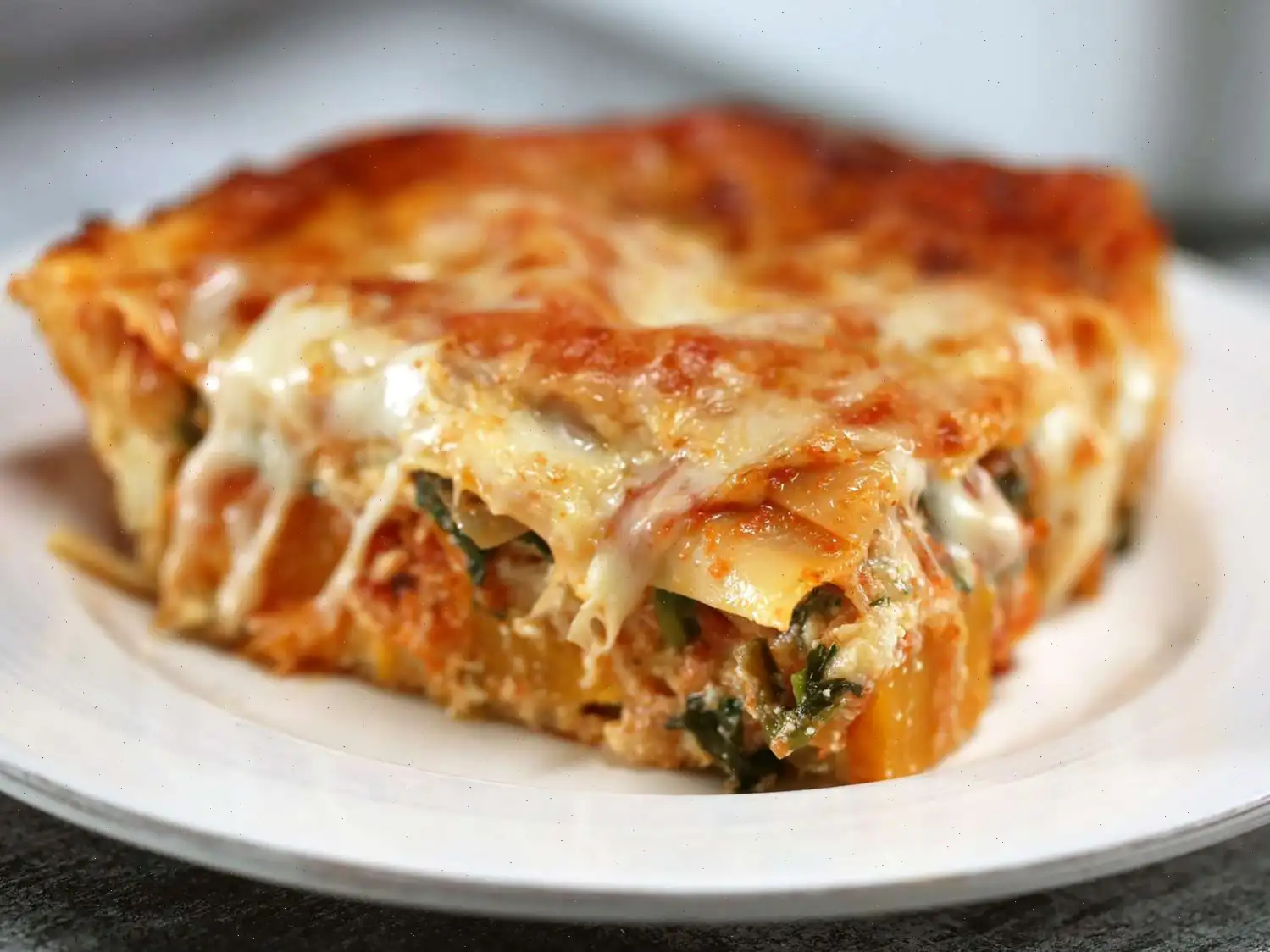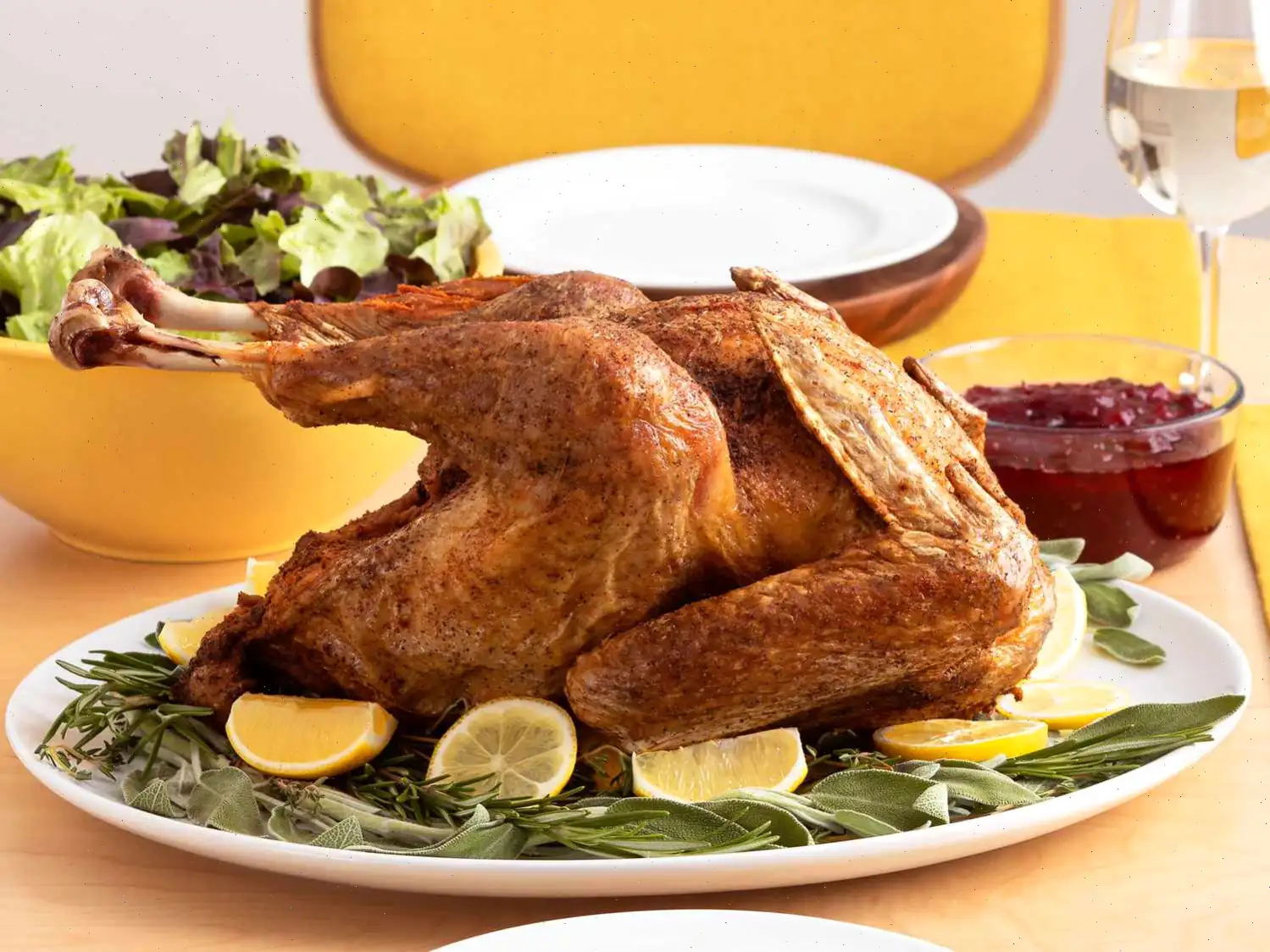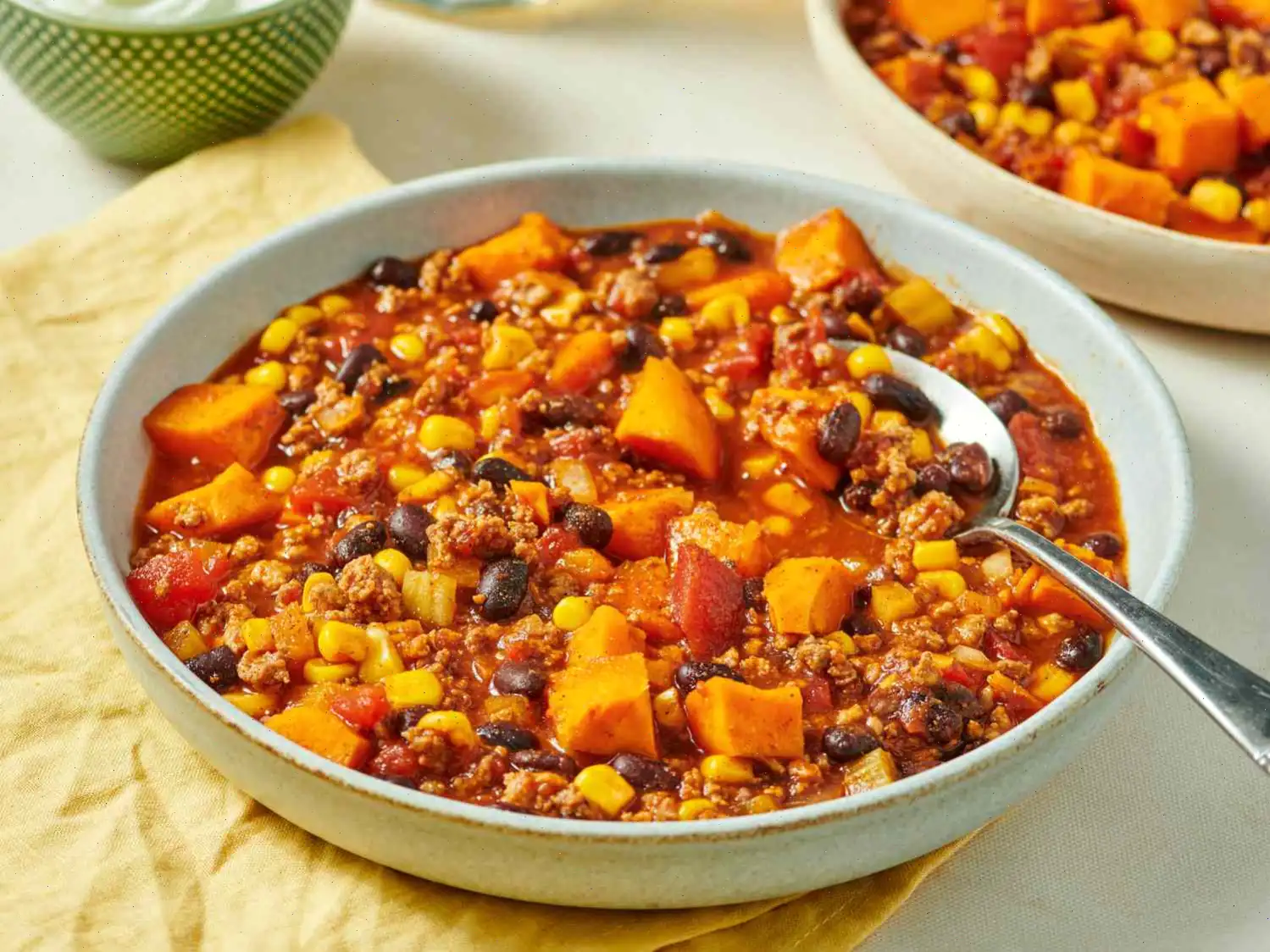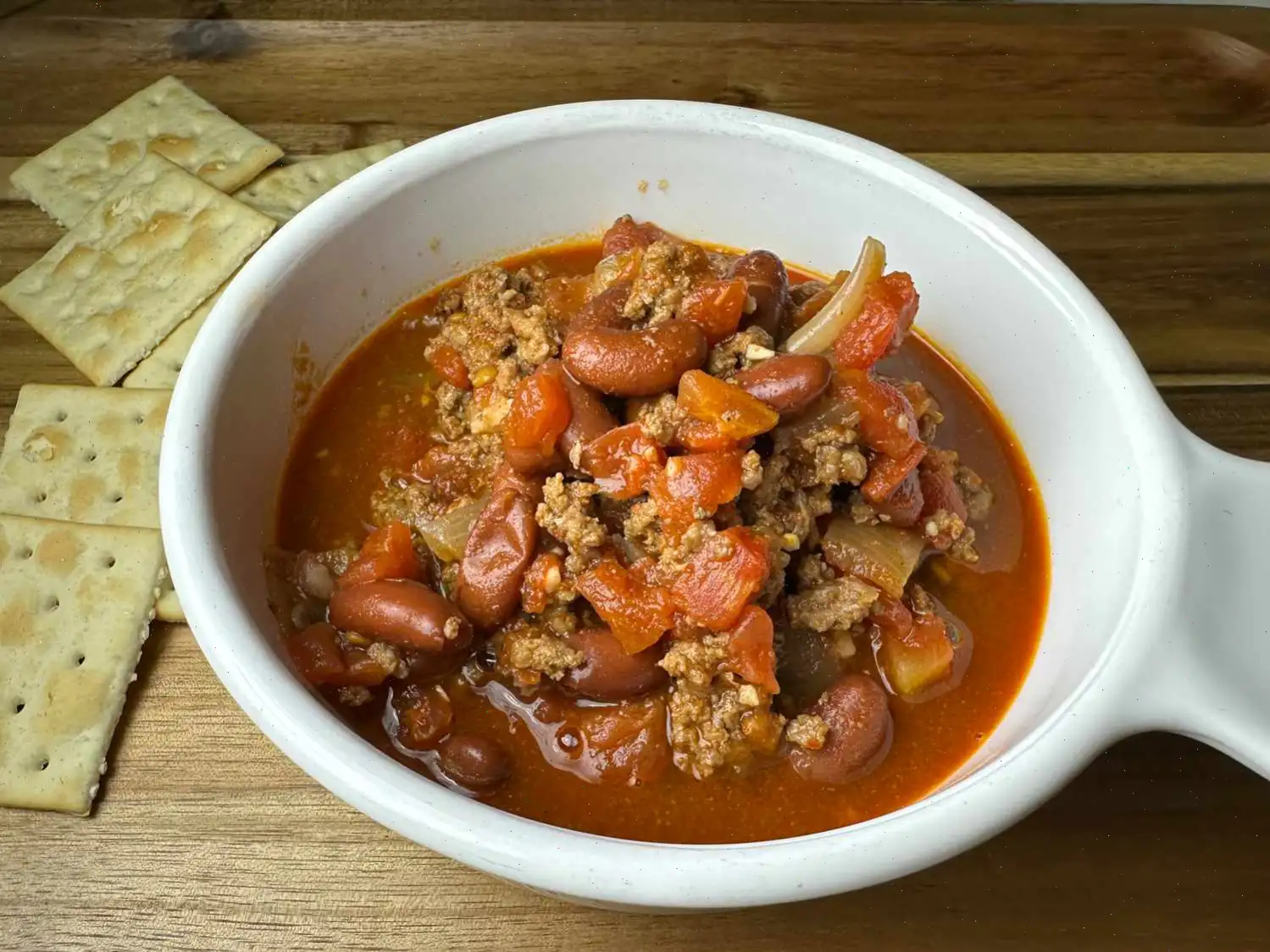
German Schwenkbraten Recipe
Ingredients
- 10 onions, cut into wedges
- 1 cup vegetable oil
- 4 cloves garlic, crushed
- 7 dried juniper berries, crushed
- 1 tablespoon German stone ground mustard
- 1 tablespoon dried thyme
- 1 tablespoon dried oregano
- 1 tablespoon paprika
- 1 tablespoon curry powder
- 1 tablespoon cayenne pepper
- 1 tablespoon ground black pepper
- 8 (8 ounce) boneless pork loin chops
Directions
Step 1: Place the onion wedges in a large bowl. Using a spoon, gently press the onions to release some of their juices.
Step 2: In the same bowl, combine the vegetable oil, crushed garlic, juniper berries, mustard, thyme, oregano, paprika, curry powder, cayenne pepper, and black pepper. Stir until all ingredients are well mixed.
Step 3: Arrange the pork loin chops in a large baking pan. Pour the marinade mixture evenly over the pork chops. Ensure the pork is fully coated.
Step 4: Cover the pan with a lid or plastic wrap, and refrigerate for at least 24 hours to allow the flavors to meld.
Step 5: Preheat your outdoor grill to medium heat. While waiting for the grill to heat up, remove the pork chops from the marinade and let them come to room temperature.
Step 6: Wrap the onions separately in a foil pouch, discarding the remaining marinade. This will ensure the onions cook properly without burning.
Step 7: Once the grill is ready, place the pork chops and the foil-wrapped onions on the grill. Cook the pork chops for about 10 minutes per side, or until the meat is no longer pink in the center and reaches an internal temperature of 145F (63C).
Step 8: Remove the pork chops and onions from the grill. Let the pork chops rest for a few minutes before serving. Enjoy your flavorful, tender pork loin chops with the aromatic grilled onions!
Nutrition Facts (per serving)
- Calories: 649
- Total Fat: 48g (61% Daily Value)
- Saturated Fat: 12g (58% Daily Value)
- Cholesterol: 110mg (37% Daily Value)
- Sodium: 109mg (5% Daily Value)
- Total Carbohydrate: 16g (6% Daily Value)
- Dietary Fiber: 4g (15% Daily Value)
- Total Sugars: 6g
- Protein: 39g (77% Daily Value)
- Vitamin C: 13mg (15% Daily Value)
- Calcium: 89mg (7% Daily Value)
- Iron: 3mg (18% Daily Value)
- Potassium: 825mg (18% Daily Value)
* Percent Daily Values are based on a 2,000 calorie diet. Your daily values may be higher or lower depending on your calorie needs.

Author: Kimberly McCutcheon-Seabolt
Origin and History
Schwenkbraten, a beloved dish in Germany, especially in the Saarland region, has its roots in the traditional German grill culture. The word "Schwenkbraten" refers to marinated pork chops grilled on a special type of grill called a "Schwenker." This grilling method involves hanging the meat on a hook and gently swinging it over the fire, which allows for a smoky and even cook. Historically, it was often served during festive gatherings and local events, with its flavors bringing together family and friends. The dish is considered a symbol of the Saarland area, where it is most popular, but it has spread across the country thanks to its hearty flavors and unique grilling method.
Regional Variations
While Schwenkbraten is commonly associated with Saarland, variations exist in other parts of Germany. In Saarland, the marinade is often made with mustard, thyme, oregano, paprika, and sometimes curry powder, giving the meat a distinct, spicy kick. In contrast, other regions may use different marinades or even different meats like beef or chicken. The grilling method, however, remains consistent, with the meat suspended over the flames to achieve that signature smoky flavor. The dish is typically served with German side dishes such as potato salad or sauerkraut, adding to its regional authenticity.
Differences from Similar Dishes
At first glance, Schwenkbraten may seem similar to other German grilled meats, such as the popular Bratwurst or Schweinebraten. However, what sets Schwenkbraten apart is its marinade and grilling technique. Unlike Bratwurst, which is typically seasoned with salt, pepper, and other simple spices, Schwenkbraten features a more complex combination of spices like curry powder and juniper berries, giving it a unique flavor profile. The use of the Schwenker grill, which allows for a slow cook over a fire while the meat swings, imparts a special smokiness that other grilling methods cannot replicate. Furthermore, the dish is traditionally made with pork chops, whereas Schweinebraten is a roast typically made with pork shoulder or loin, often served with a rich gravy.
Where Schwenkbraten is Served
Schwenkbraten is commonly served at local festivals, cookouts, and outdoor gatherings in Germany, especially in the Saarland region. Its presence at these events is a testament to its popularity and cultural significance. In restaurants, it is often found as part of a traditional German platter, alongside side dishes like potato salad, red cabbage, or bread rolls. In recent years, Schwenkbraten has become a favorite at German-themed restaurants and festivals worldwide, where the distinct flavors of the marinade and the grilling technique are appreciated by international audiences. The dish is also a popular choice for casual home grilling, especially during summer.
Fun Facts About Schwenkbraten
- The name "Schwenkbraten" comes from the word "schwenken," which means "to swing" in German, referring to the traditional method of grilling the meat over an open flame.
- Juniper berries, which are used in the marinade, are a key ingredient in many traditional German dishes and even in the production of gin.
- In Saarland, Schwenkbraten is often prepared during "Schwenkfest," a local festival dedicated to this iconic dish. The festival is a celebration of food, culture, and community.
- Although the dish is primarily made with pork, some regional variations use beef or chicken, depending on local preferences and available ingredients.
- Schwenkbraten is sometimes enjoyed in a sandwich, with the grilled pork placed in a bun and topped with mustard, onions, or other condiments, making it a delicious and portable meal.
FAQ about German Schwenkbraten Recipe
Comments
Michael Turner
12/12/2023 08:10:39 PM
The taste of this meat was amazing. I chose the recipe in an attempt to recreate the pork we enjoyed in Germany last summer. I shared it with my German-immigrant in-laws. We all came to a consensus on three things: 1) the pork was delicious, 2) I should have used sweet/vidalia onions, and 3) this dish is not authentically German. Curry is definitely not a spice traditionally used in Germany until more recently. Nevertheless, I would definitely prepare this dish again, especially for a summer barbecue.
Alexander Jackson
03/06/2023 02:40:21 AM
I recently prepared this dish and it brought back memories of the delicious aroma of grilled schwank bratten during summer weekends in Germany. While my recipe deviates in terms of spices – I use paprika, parsley, pepper, and garlic powder, omitting curry and mustard – what remains consistent is marinating it in the fridge for 3 days. This recipe was shared with me by one of the cooks at the BX in Ramstein. I'm eager to incorporate the foil-wrapped onion technique from this recipe as well.


